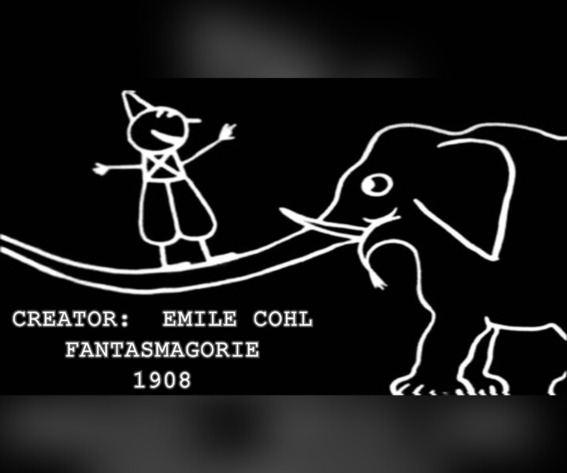A while ago, I was reading about the amount of effort it took in order to create Guillermo del Toro’s Pinocchio – 940 days. The end result not only won the ‘Best Animated Feature’ award at the 2023 Academy Awards, but also holds the record for the longest stop-motion animation of all time. Clocking in at 1 hour and 57 minutes of total runtime, it beat the previous record holder Kubo and the Two Strings (2016) by a whooping 16 minutes. While I certainly did not enjoy it as much as Kubo, I was reminded yet again about the sheer amount of work that goes into these stop-motion projects. So, first of all, I wanted to take a look at what a stop-motion animation is.
Stop-motion animation is a unique and captivating form of animation that has been around for over a century. It is a technique that uses physical objects, puppets, or clay figures, to create the illusion of motion through a series of meticulously captured frames. The technique has evolved greatly over the years, and today, it is widely used in films, television shows, music videos, commercials, and even video games. For those interested in contributing to the world of stop-motion animation from anywhere in the world, there are exciting opportunities such as remote 3D artist jobs that allow you to showcase your creativity and talent in this dynamic field.
What is Stop-Motion Animation?
Stop-motion animation, also known as stop-frame animation, is a technique that involves taking a series of individual photographs of physical objects or puppets, and then playing them back in quick succession to create the illusion of motion. In its simplest form, stop-motion animation involves moving an object or puppet slightly between each photograph, resulting in the object or puppet appearing to move on its own.
There are different types of stop-motion animation, including clay animation, puppet animation, cut-out animation, and object animation. In clay animation, artists use clay or other malleable materials to create figures, which are then manipulated and photographed frame by frame. Puppet animation, on the other hand, involves using jointed figures made of wood, wire, or other materials, which are then animated in a similar way to clay animation. Cut-out animation involves using flat characters and objects, which are cut out of paper, cardboard, or other materials, and then photographed and manipulated frame by frame. Object animation, meanwhile, involves animating real-life objects, such as toys, using the same frame-by-frame technique.
History of Stop-Motion Animation
Stop-motion animation has been around since the early days of cinema. The technique was first used in 1898 by French animator Émile Cohl, in his film “Fantasmagorie“, which is widely regarded as one of the first animated films ever made. Stop-motion animation became increasingly popular in the 20th century, with notable examples including the King Kong films in the 1930s and 1940s, the claymation works of Ray Harryhausen in the 1950s and 1960s, and the beloved children’s television series “The Gumby Show” in the 1950s and 1960s.
The technique continued to evolve over the years, with advancements in technology and the development of new materials and techniques. In the 1990s, stop-motion animation saw a resurgence in popularity with the success of films like “The Nightmare Before Christmas” and “James and the Giant Peach“, both of which were produced by Tim Burton and directed by Henry Selick.
Examples and case study
While there are only a handful of feature length stop-motion animation projects released every year, a lot of them are very notable. A few examples are Wallace & Gromit: The Curse of the Ware-Rabbit (2005), Coraline (2009), Mary and Max (2009), Fantastic Mr. Fox (2009), ParaNorman (2012), Frankenweenie (2012), Shaun the Sheep Movie (2015), as well as my favourite one, Anomalisa (2015). The majority of these use puppets for animation, while Wallace and Gromit, Shaun the Sheep and its sequel, alongside Early Man (2018), use clay figures.
In order to illustrate some of the sheer amount of work put into these projects, I wanted to take a closer look at some facts about Kubo and the Two Strings, as provided on IMDb:
- The boat sequence took nineteen months to shoot.
- Kubo had over 48 million possible facial expressions and a total of 23,187 prototype faces were created for him.
- The movie consists of at least 145,000 photographs turned into a stop-motion animation film.
- The boat was covered in about a quarter of a million leaves, all placed carefully by hand.
















